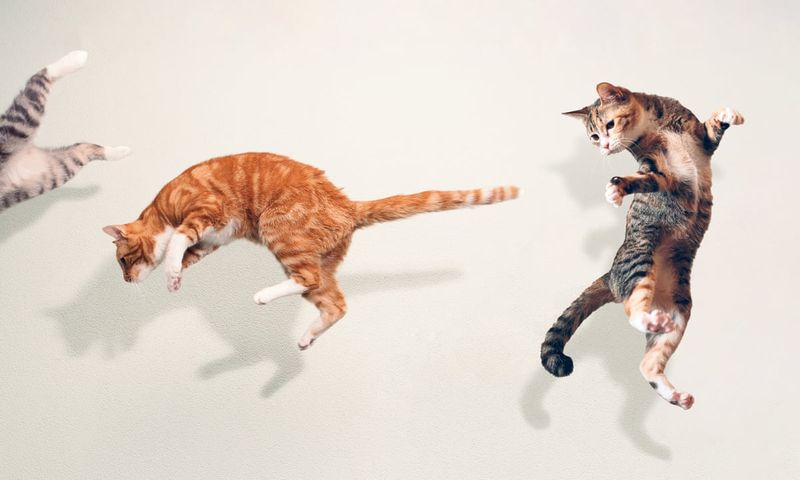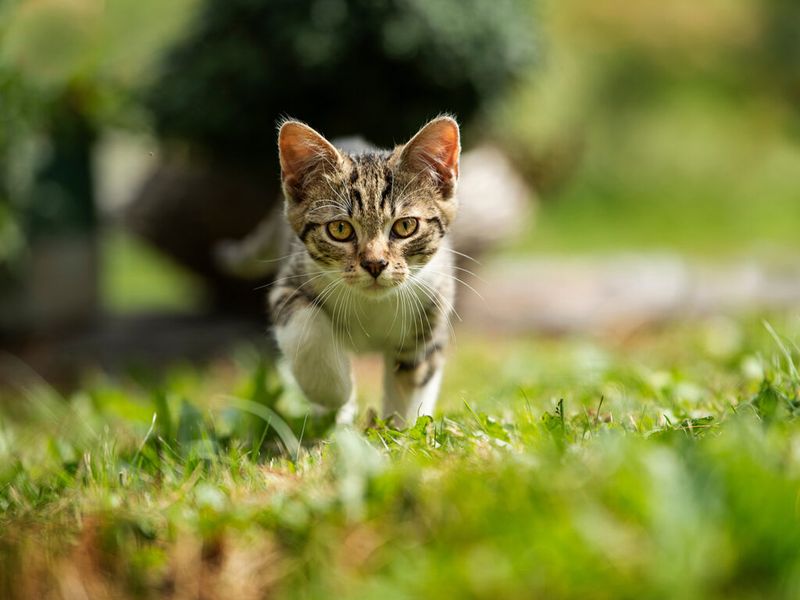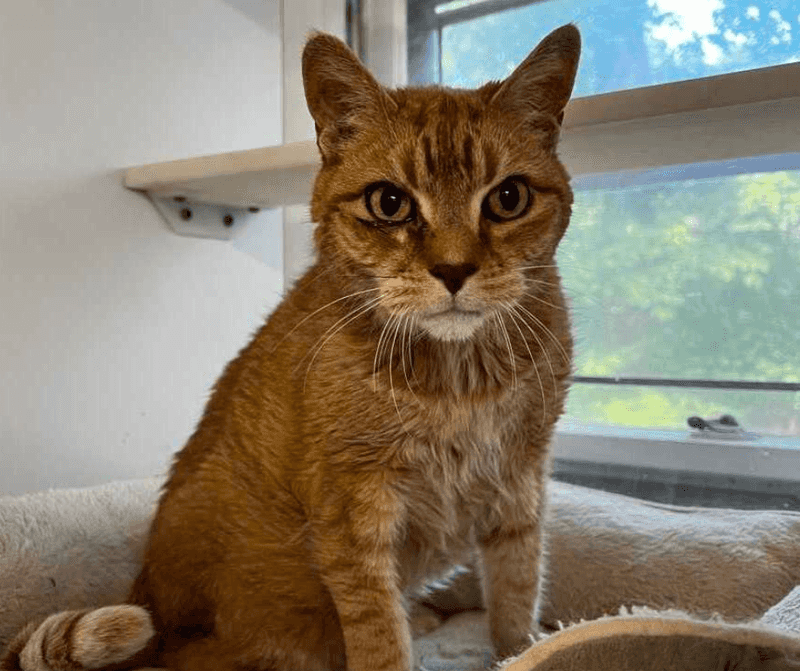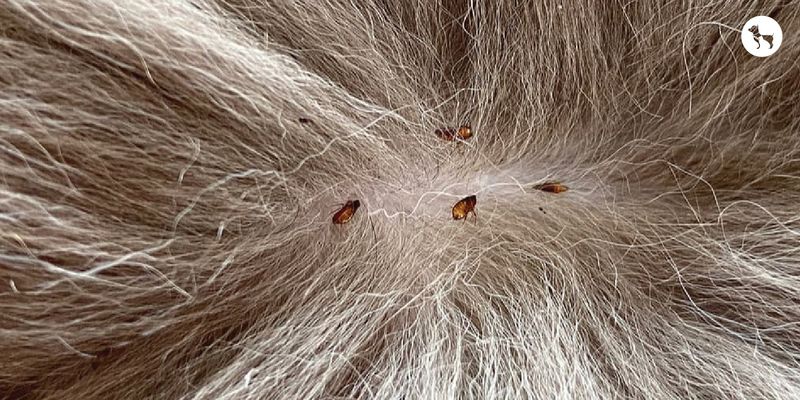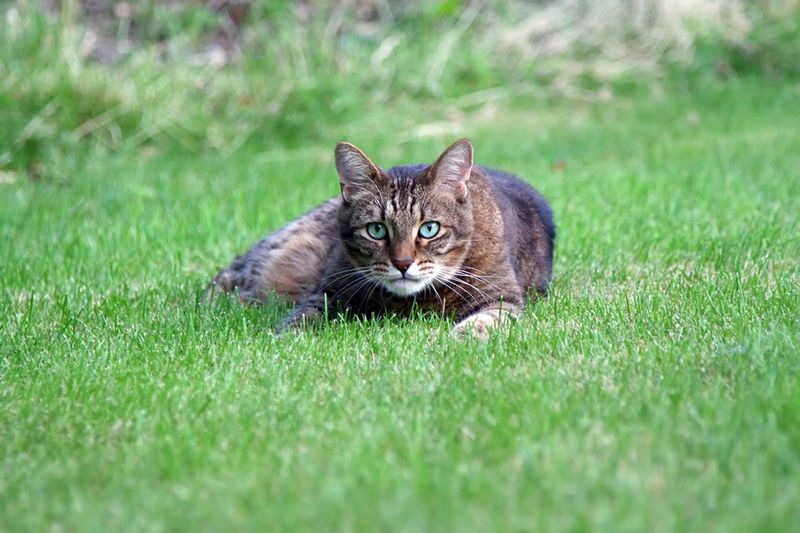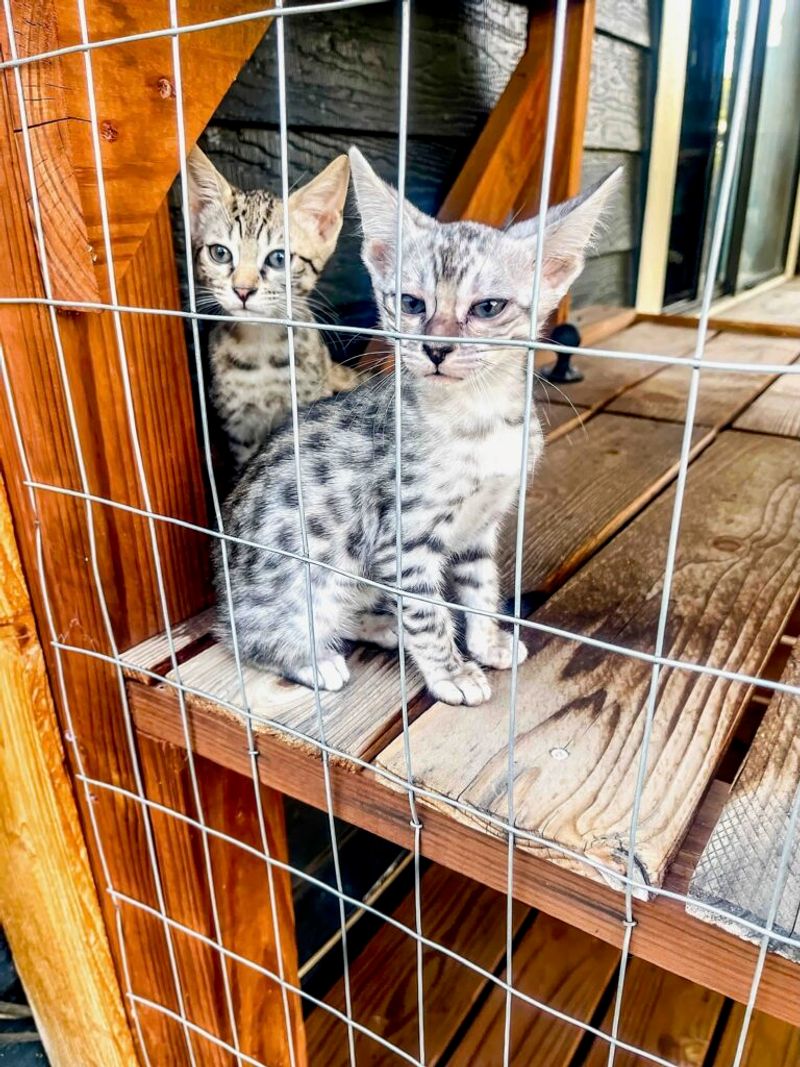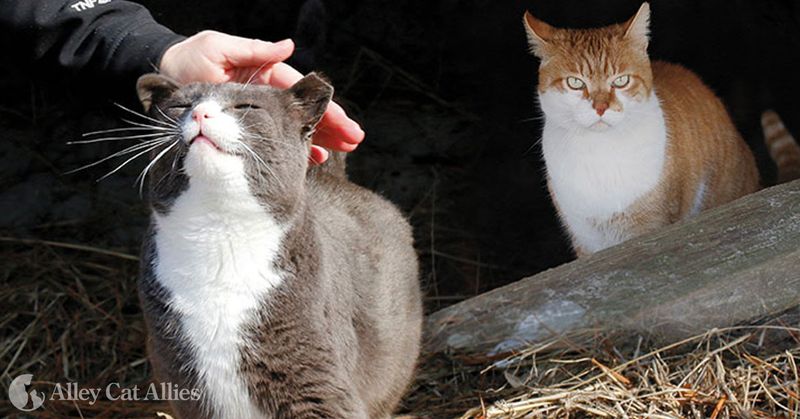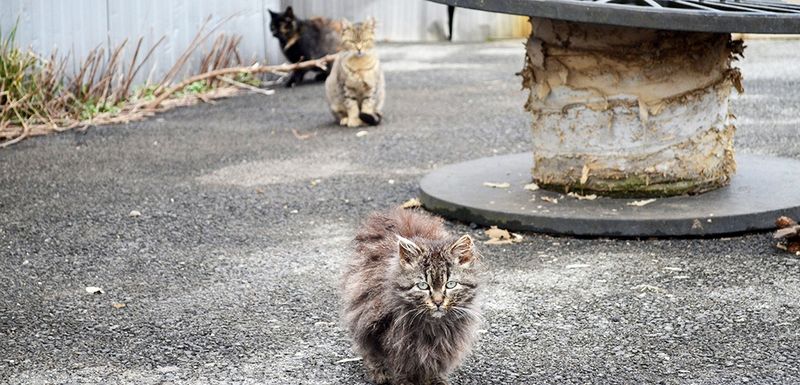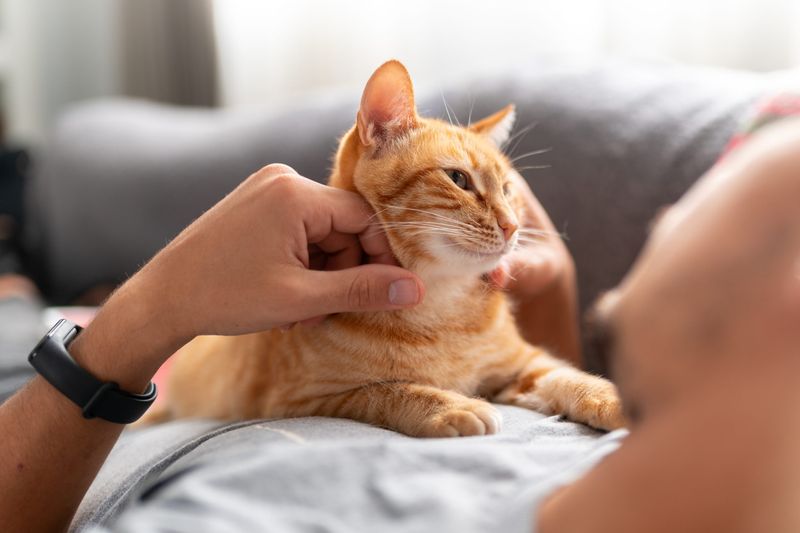📖 Table of Content:
House cats and their free-roaming counterparts exhibit various differences that impact their behavior, health, and interaction with the environment. These distinctions are critical for understanding cat care and their ecological impact.
1. Territorial Range
Ever wonder how far a cat roams? For house cats, home is where the heart is. They typically stick to a few acres around their comfy abode. However, free-roaming cats are adventurers at heart, sometimes covering an astounding 1,351 acres. This vast wandering reveals a stark contrast in their territorial instincts. The expansive journeys of free-roaming cats not only reflect their wild nature but also their need for exploration and constant stimulation. This territorial difference underscores the varying lifestyles and needs of these feline friends, emphasizing how environment shapes their daily lives.
2. Activity Levels
Cats are known for their mysterious allure and slumbering habits. House cats embrace a life of leisure, spending 80% of their time resting. On the other side, free-roaming felines are bustling with energy, dedicating around 14% of their day to high activity levels. These differences in activity are not just numbers; they indicate a divergence in lifestyle and stimulation. While one prefers the quiet comfort of home, the other thrives in a dance of energy and exploration in the wild. Such contrasting activity levels paint a vivid picture of their diverse lives.
3. Health Risks
Health risks tell a tale of caution and adventure. House cats generally enjoy safer lives, shielded from traffic and predators. Conversely, free-roaming cats face a world fraught with dangers, from vehicles to potential disease exposure. Their lives are a testament to survival and resilience, navigating hazards such as feline immunodeficiency virus (FIV) and feline leukemia virus (FeLV). The juxtaposition of these risks highlights the protective haven domestic cats enjoy and the raw reality of a free-roaming cat’s existence, where every day is a new challenge.
4. Predatory Behavior
Ever observe a cat’s predatory instincts? House cats often find themselves limited to hunting toys, their predatory skills subtly sharpened indoors. In contrast, free-roaming cats are the true hunters of the wild, impacting local ecosystems by chasing a variety of wildlife. Their hunting prowess significantly alters their environment, a testament to their natural instincts. This divergence in predatory behavior illustrates the role environment plays in shaping a cat’s hunting drive, reflecting their adaptation to surroundings whether indoors or in the expansive world outside.
5. Lifespan
Life expectancy showcases a life of comfort versus survival. House cats, with their pampered lifestyles, can enjoy the golden years, living up to 20 years. Free-roaming cats, however, often face shorter lifespans, averaging 2-5 years due to constant threats. This difference in longevity underscores the impact of environment on a cat’s life. While one lives in serene safety, the other embodies the spirit of the wild, where every day is unpredictable. Such contrasts highlight the influence of lifestyle and habitat on their overall well-being.
6. Disease Transmission
In the realm of disease, house cats lead a more isolated existence. Their indoor lives limit interaction with disease vectors, keeping them and their human counterparts safe. Free-roaming cats, however, are a different story. They are more likely to come into contact with diseases, becoming carriers of illnesses like toxoplasmosis that can affect both wildlife and humans. This difference in disease dynamics emphasizes the role of human intervention in safeguarding domestic cats’ health and highlights the broader ecological consequences of free-roaming cats.
7. Parasite Exposure
Parasites are the unseen adversaries of cats. House cats, living indoors, face fewer threats from fleas, ticks, and worms, thanks to regular care and controlled environments. In contrast, free-roaming cats are on the front lines, constantly exposed to parasites that threaten their health and spread to other animals. This stark difference highlights the importance of controlled living environments in preventing parasite infestations and safeguarding health, offering a telling contrast in the silent battles cats face depending on their lifestyle.
8. Environmental Impact
Environmental impact paints a picture of balance and disruption. House cats enjoy a harmonious existence with minimal effect on local ecosystems. Free-roaming cats, however, leave a considerable mark on the environment, preying on native species and competing for resources. This difference in environmental interaction highlights the need for responsible pet ownership and awareness of the ecological footprint left by free-roaming felines. Their presence significantly influences biodiversity, a testament to the power of one species to reshape its surroundings.
9. Behavioral Issues
House cats and free-roaming cats exhibit distinct behavioral traits. Indoor cats may develop issues like boredom-induced aggression if not properly stimulated with toys and enrichment activities. On the contrary, free-roaming cats often face territorial disputes and competition for resources, reflecting their adaptability and survival instincts. These behavioral differences illustrate the diverse challenges cats face based on their environments, emphasizing the importance of a nurturing setting for domestic cats to prevent unwanted behaviors.
10. Socialization
Socialization with humans is a defining trait of house cats. These felines often thrive on interaction, forming strong bonds with their human families. Free-roaming cats, however, may remain elusive, especially if raised with minimal human contact. Their wariness reflects a life accustomed to caution, yet some may still seek companionship. This difference in socialization highlights the importance of early human interaction in a cat’s life, shaping their personality and comfort with humans.
11. Nutritional Intake
Nutritional intake is a tale of consistency versus variability. House cats enjoy regular meals provided by their owners, ensuring balanced diets. Free-roaming cats, however, rely on their hunting skills, leading to unpredictable nutrition. This variance can result in deficiencies or excesses, affecting their overall health. The consistent care provided to house cats contrasts sharply with the survival skills needed by their free-roaming counterparts, highlighting the role of human care in maintaining health and well-being.
12. Reproductive Control
Population control is a significant concern for cat communities. House cats are often spayed or neutered, preventing overpopulation and reducing health risks. Free-roaming cats, on the other hand, may contribute to increasing feline populations through uncontrolled breeding. This difference underscores the importance of responsible pet ownership in managing cat populations and highlights the broader issues of stray and feral cat communities. It reflects the impact of human intervention in shaping the dynamics of cat populations.
13. Human Interaction
Human interaction defines the relationship between cats and people. House cats often enjoy daily affection, forming close bonds with their owners. In contrast, free-roaming cats may experience variable interactions, with some being wary or fearful. This difference highlights the varying degrees of companionship and trust between cats and humans, shaped by their environment and upbringing. It emphasizes the potential for connection even with free-roaming cats, revealing the universal language of trust and affection that transcends lifestyles.


